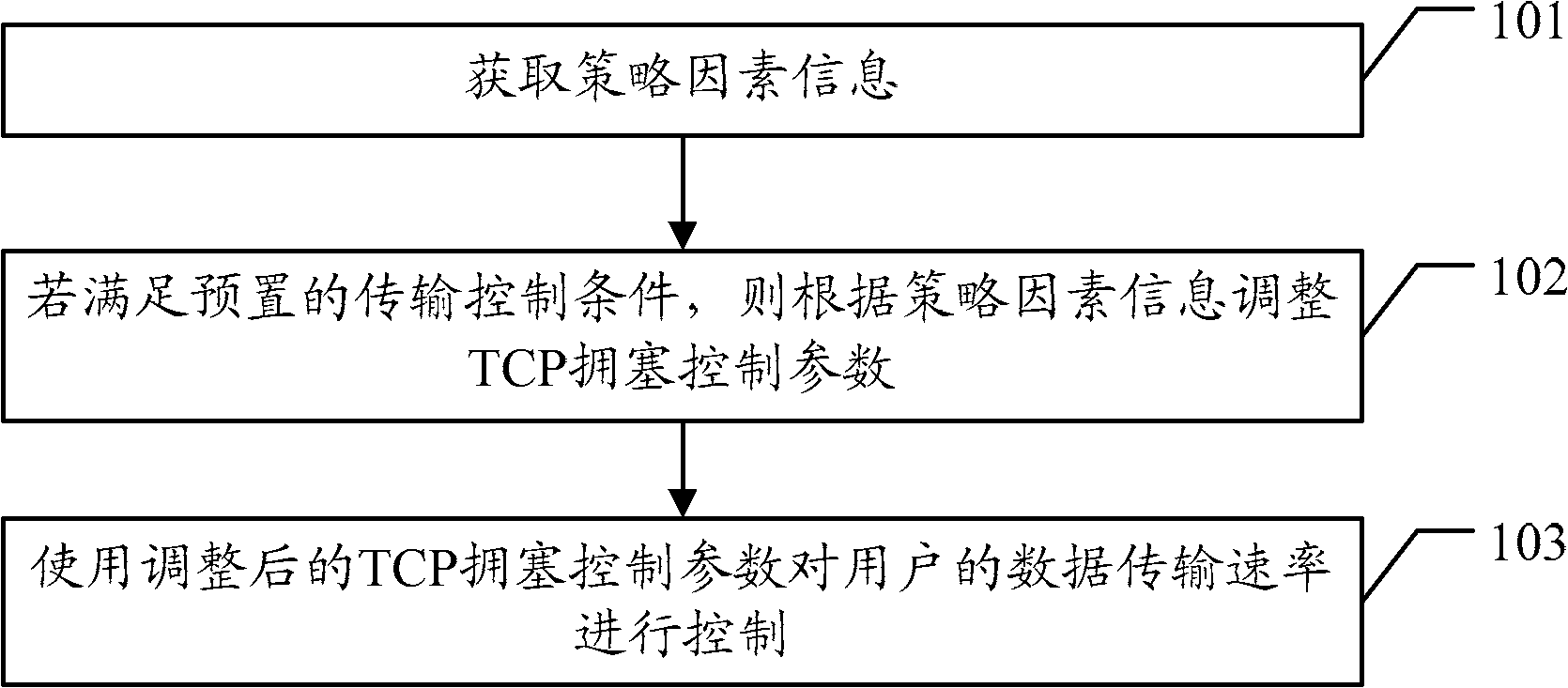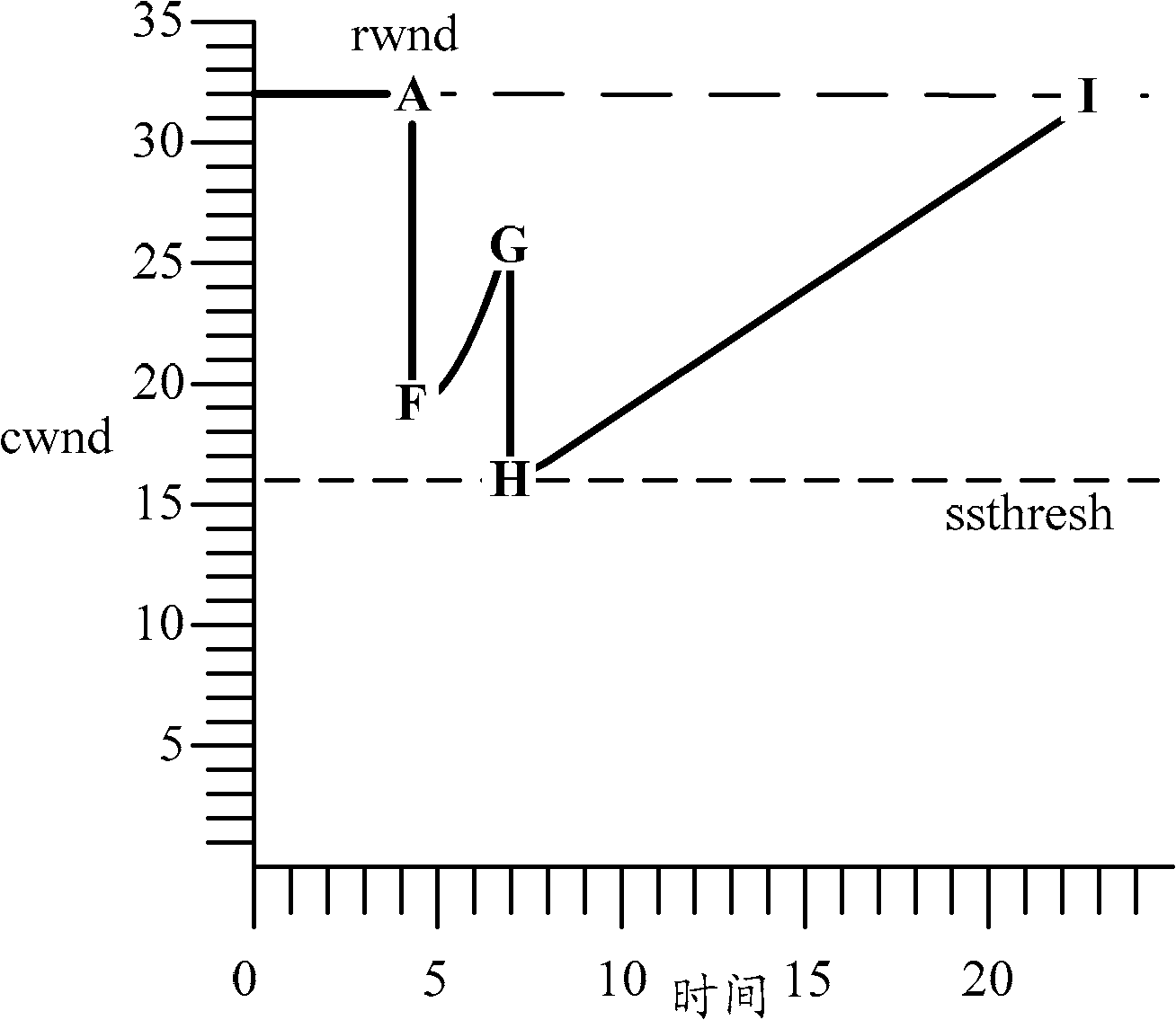Data transmission control method and equipment
A technology of data transmission control and transmission control, which is applied in the field of communication, can solve problems affecting the utilization rate of wireless resources and lack of flexibility, and achieve the effect of improving the utilization rate of wireless resources
- Summary
- Abstract
- Description
- Claims
- Application Information
AI Technical Summary
Problems solved by technology
Method used
Image
Examples
Embodiment Construction
[0026] The embodiment of the present invention provides a data transmission control method and device, which can improve the utilization rate of wireless resources.
[0027] see figure 1 , an embodiment of the data transmission control method of the present invention includes:
[0028] 101. Obtain strategic factor information;
[0029] In this embodiment, the data transmission control device may obtain policy factor information, where the policy factor information includes cell congestion information and / or user information of a user using the TCP service.
[0030] For example, the data transmission control device may acquire the user information of the user when the user requests to use the TCP service, or may acquire the user information of the user when the user accesses the network.
[0031] For another example, considering that the air interface status of the wireless network changes relatively quickly, the data transmission control device may periodically acquire curre...
PUM
 Login to View More
Login to View More Abstract
Description
Claims
Application Information
 Login to View More
Login to View More - R&D
- Intellectual Property
- Life Sciences
- Materials
- Tech Scout
- Unparalleled Data Quality
- Higher Quality Content
- 60% Fewer Hallucinations
Browse by: Latest US Patents, China's latest patents, Technical Efficacy Thesaurus, Application Domain, Technology Topic, Popular Technical Reports.
© 2025 PatSnap. All rights reserved.Legal|Privacy policy|Modern Slavery Act Transparency Statement|Sitemap|About US| Contact US: help@patsnap.com



